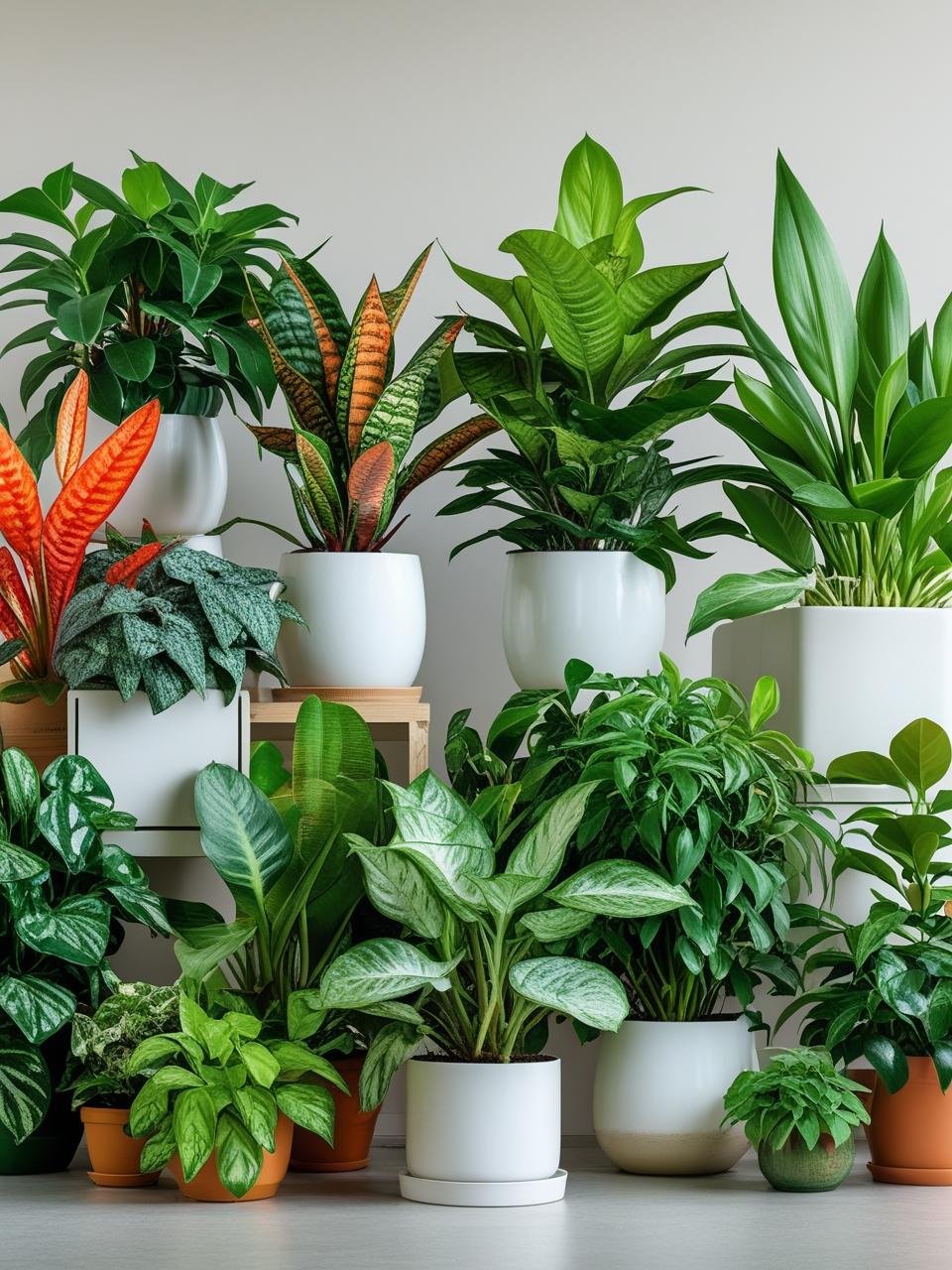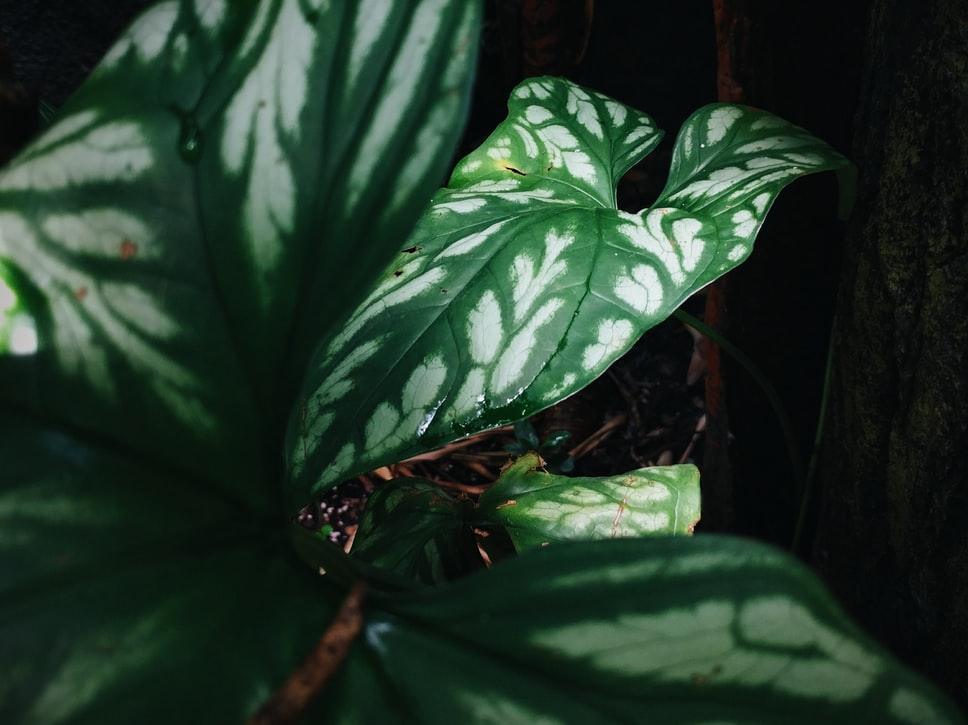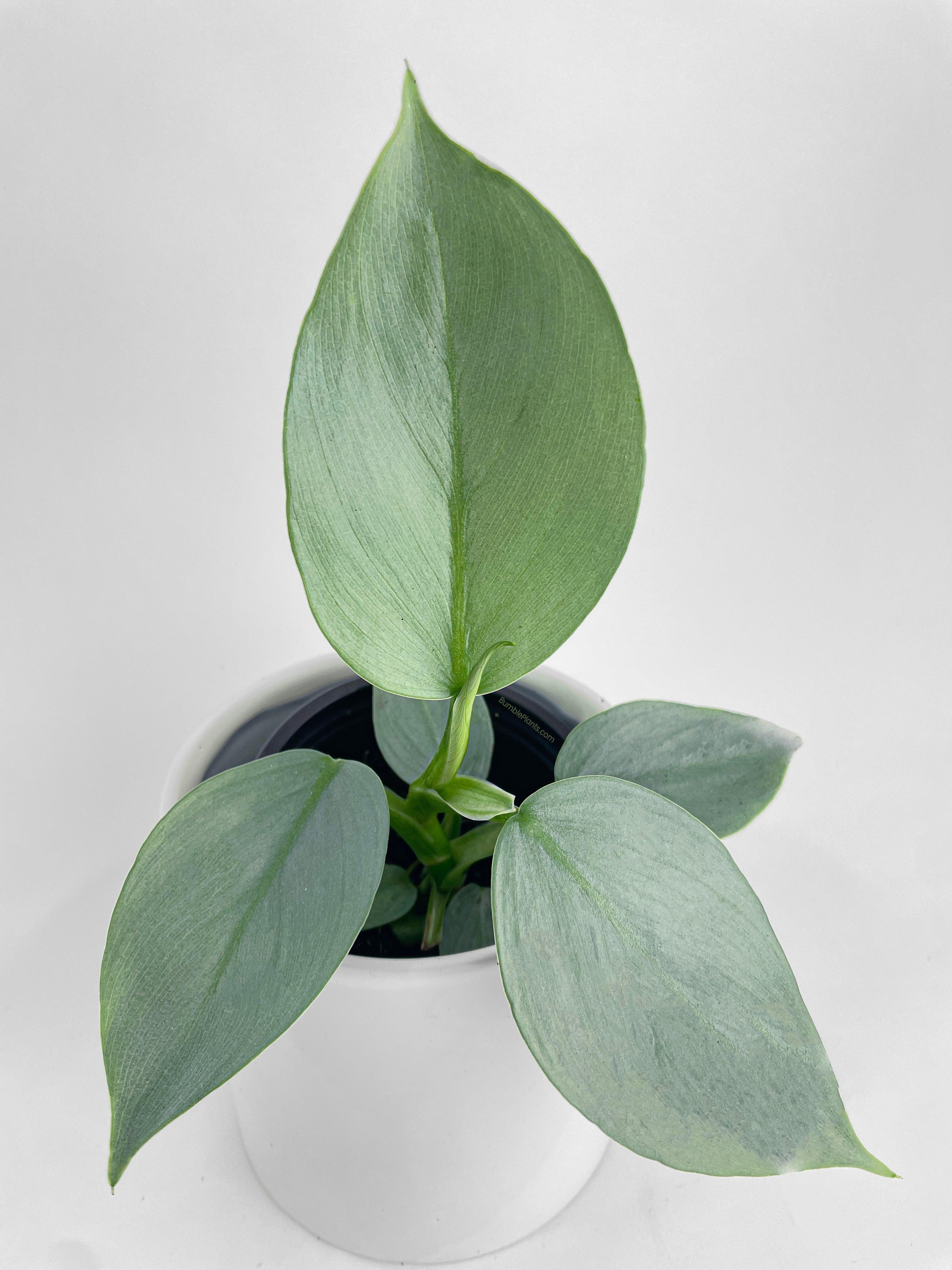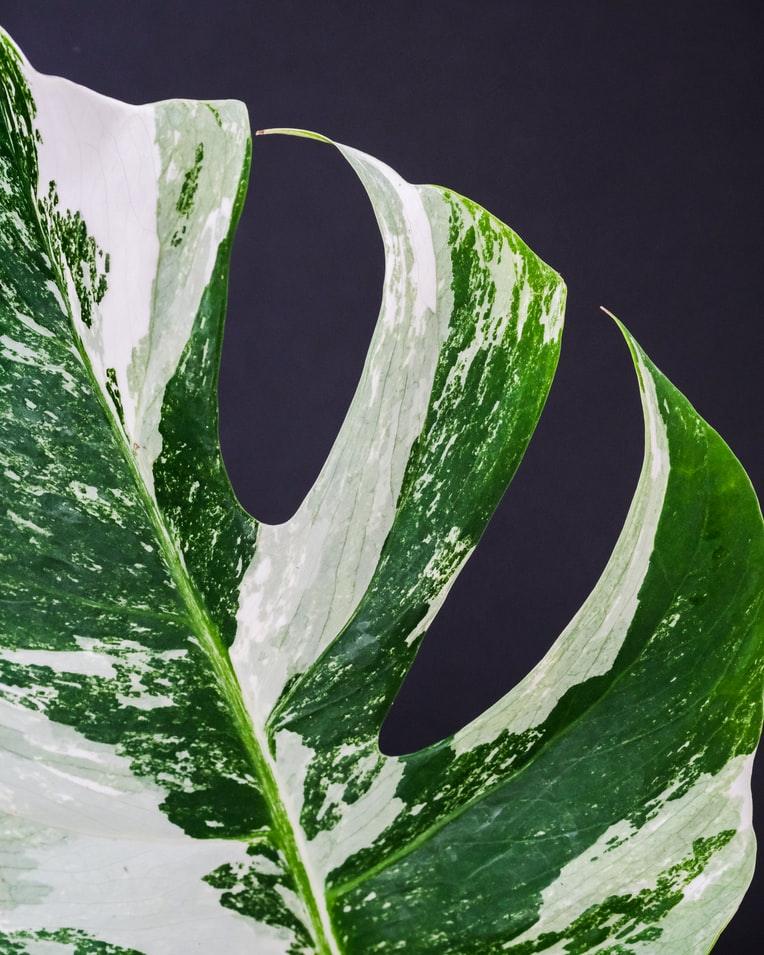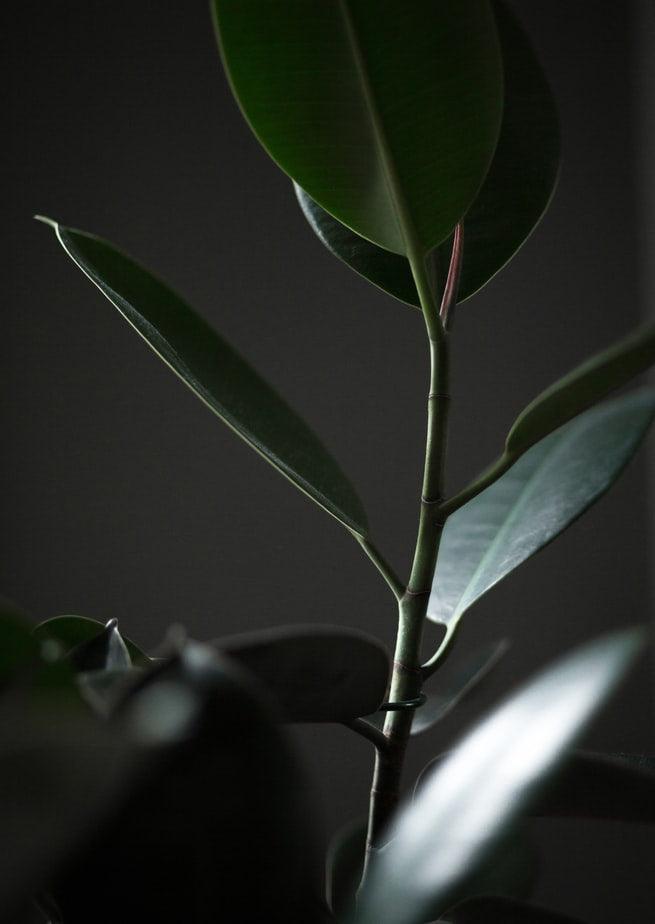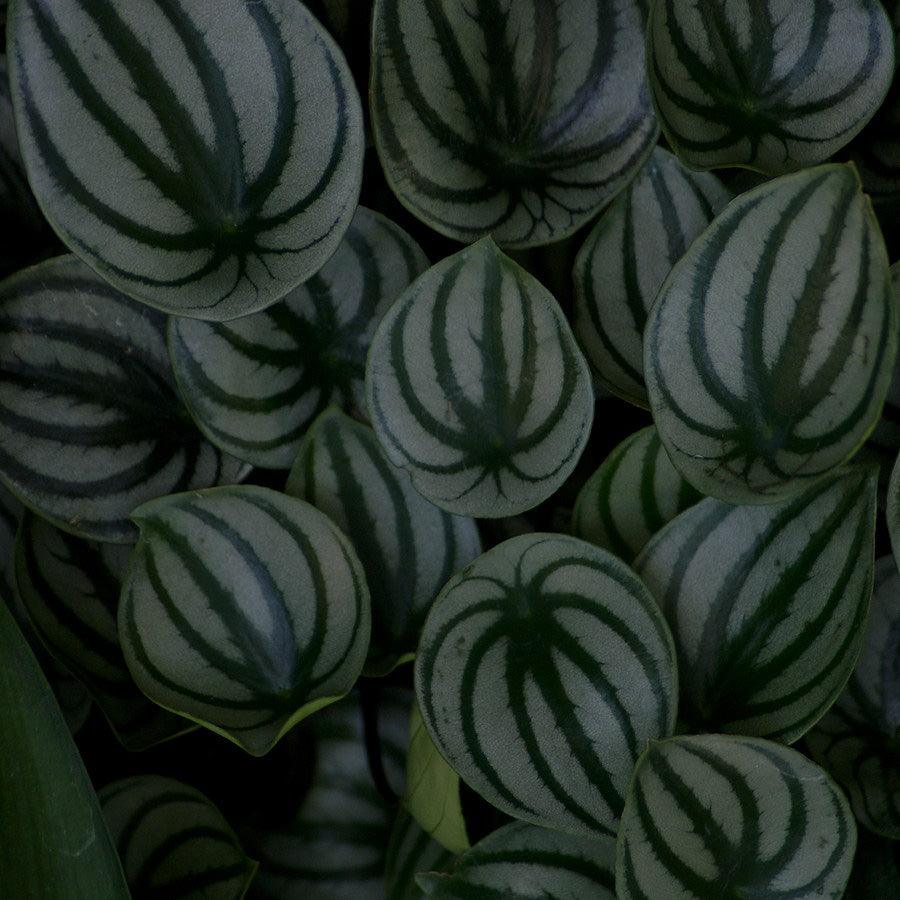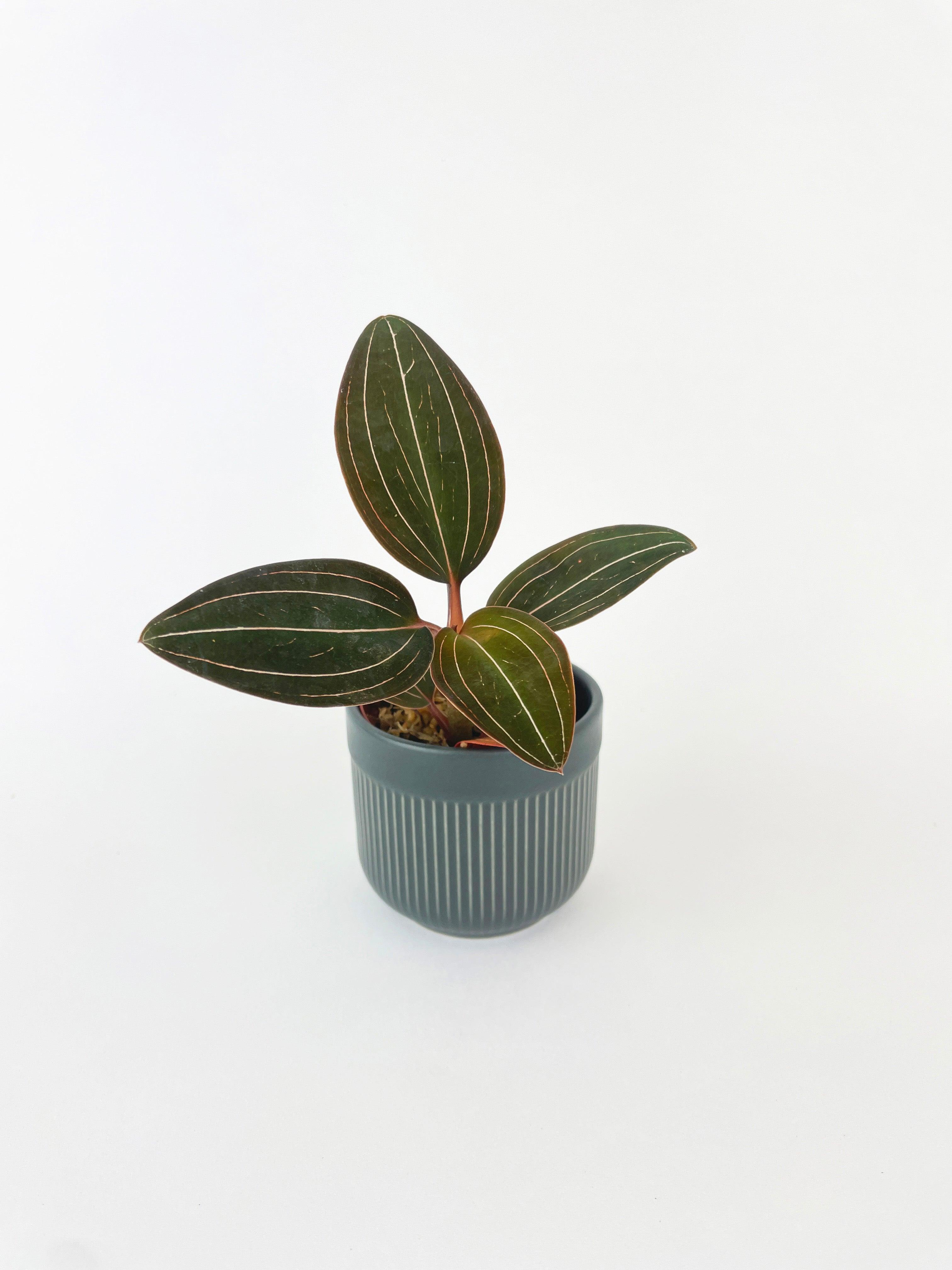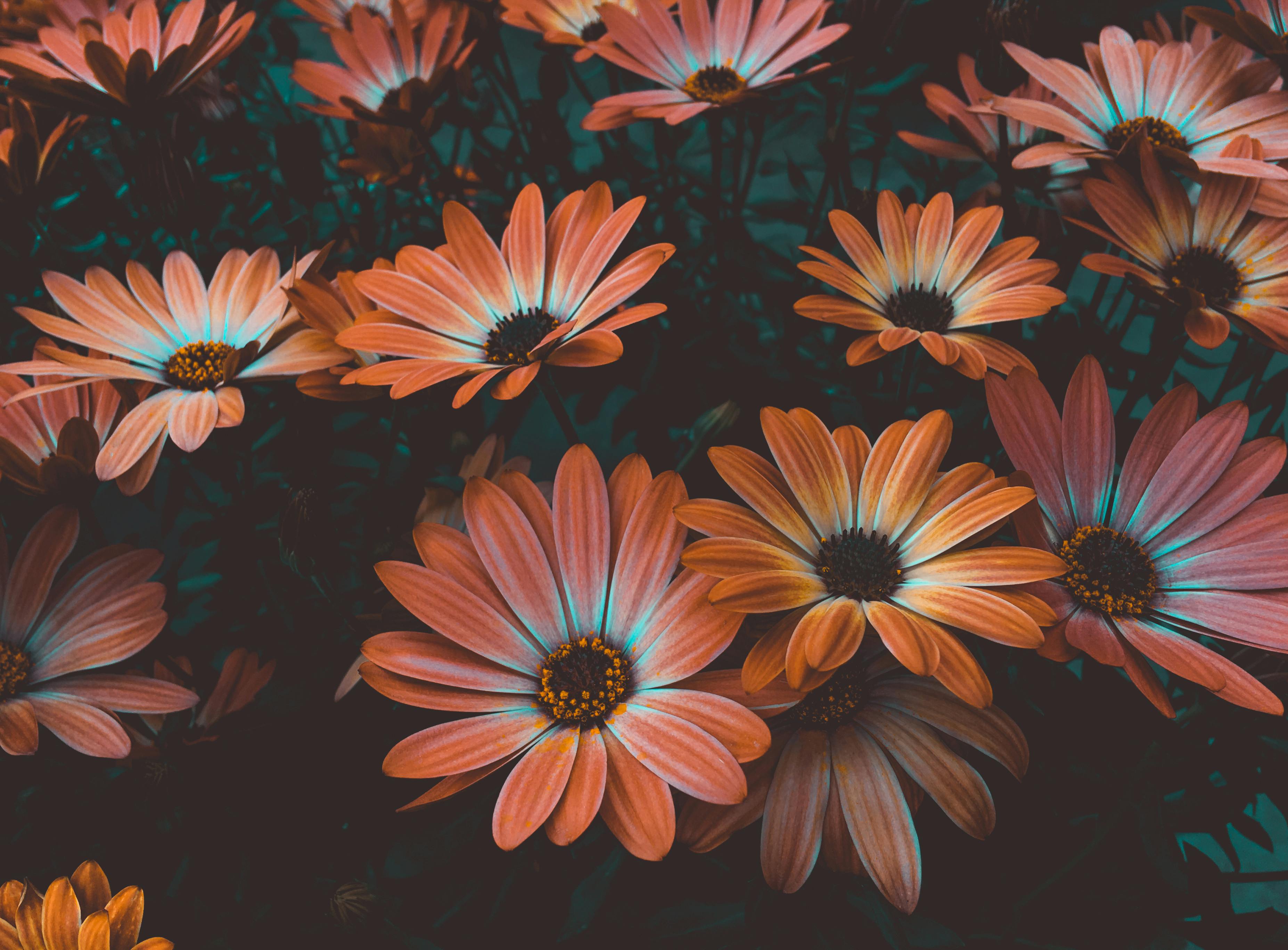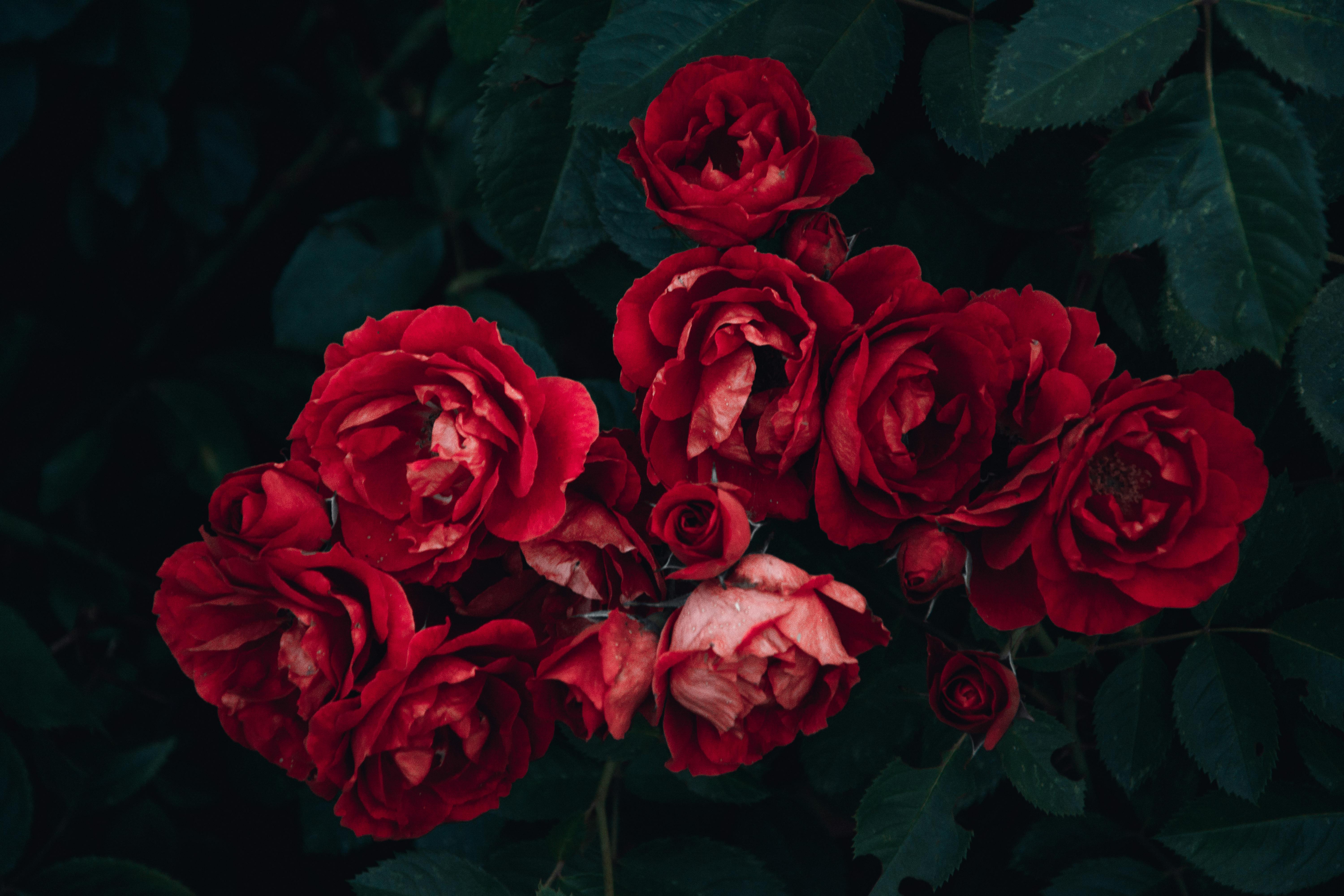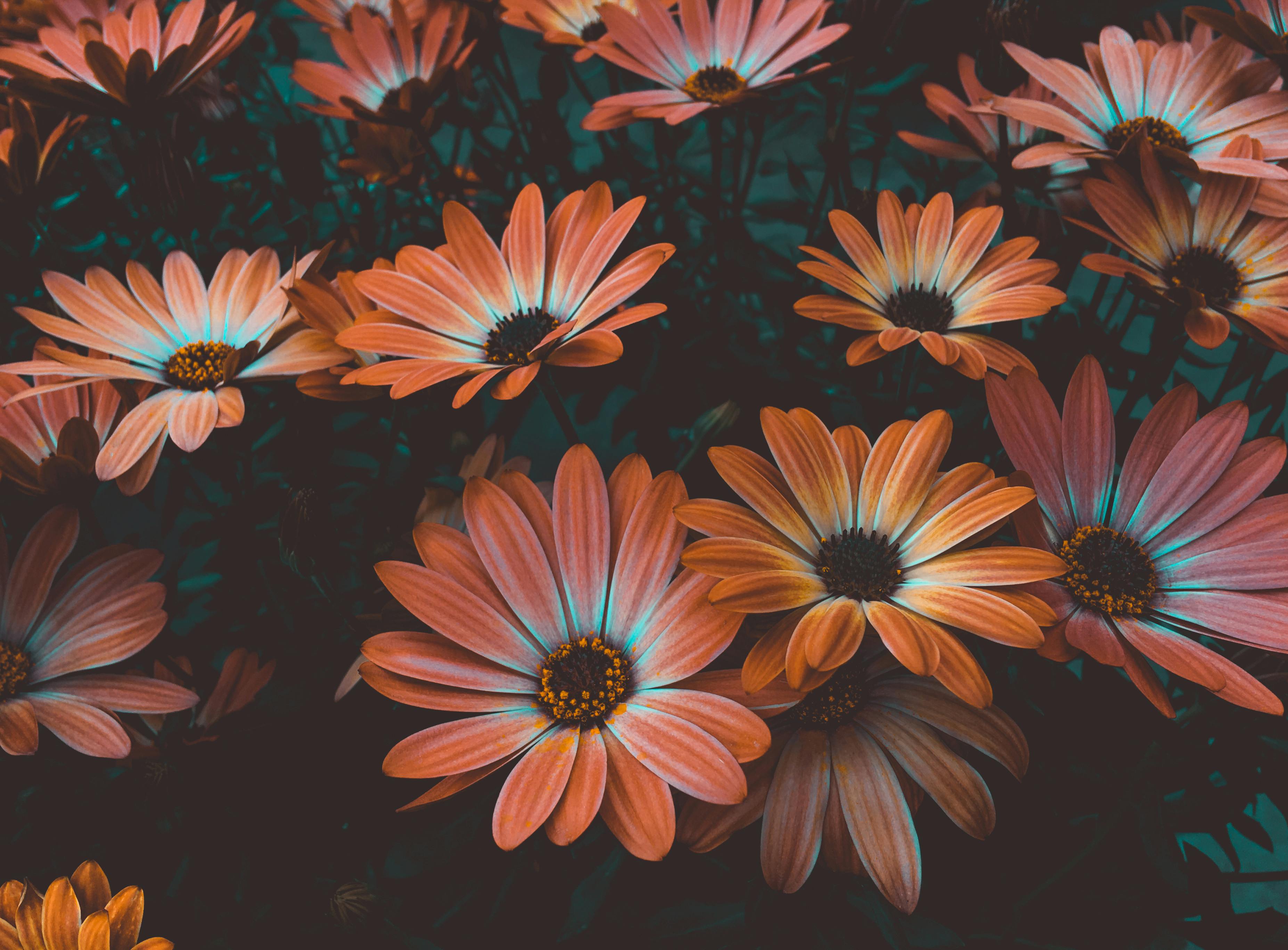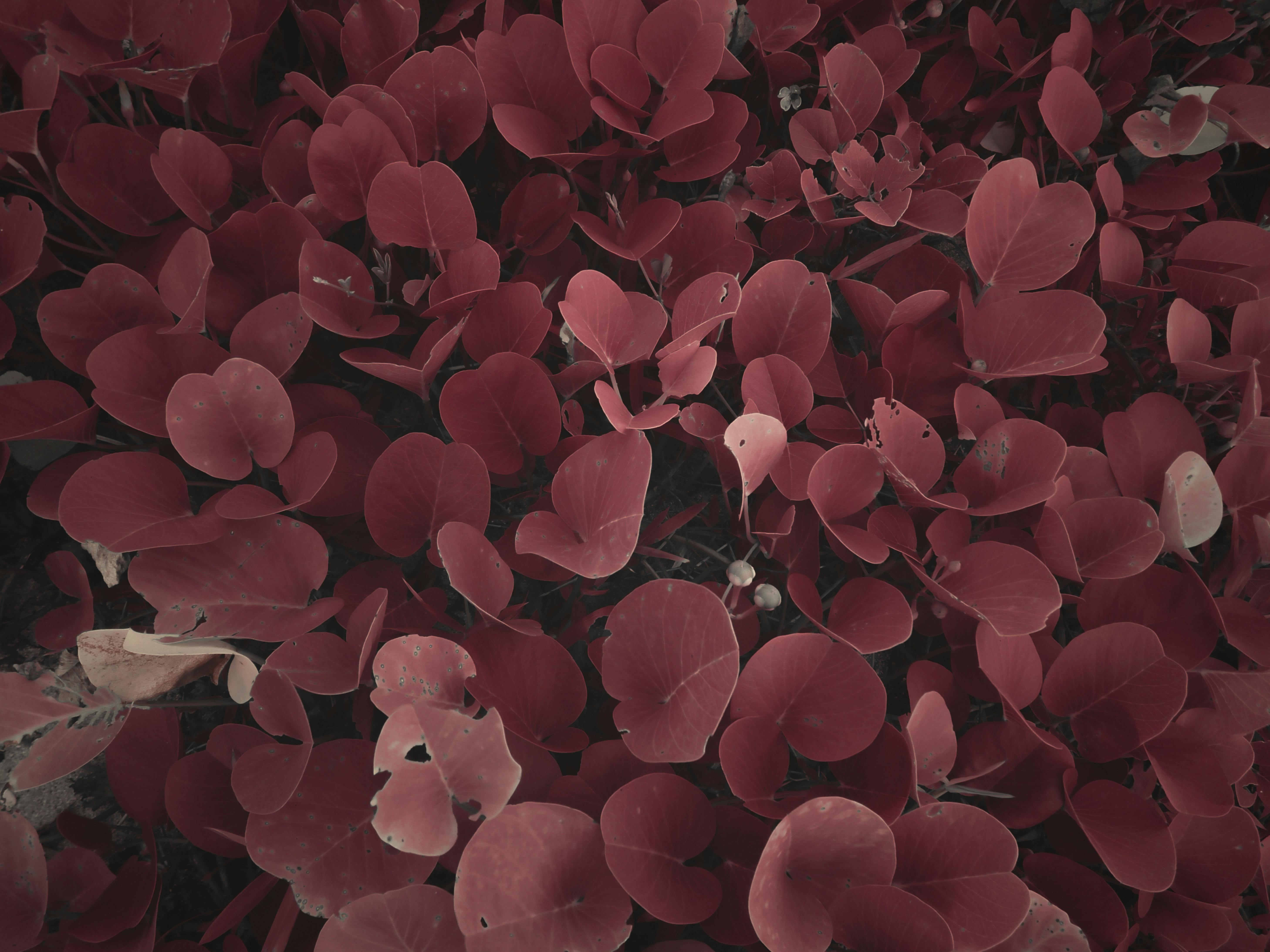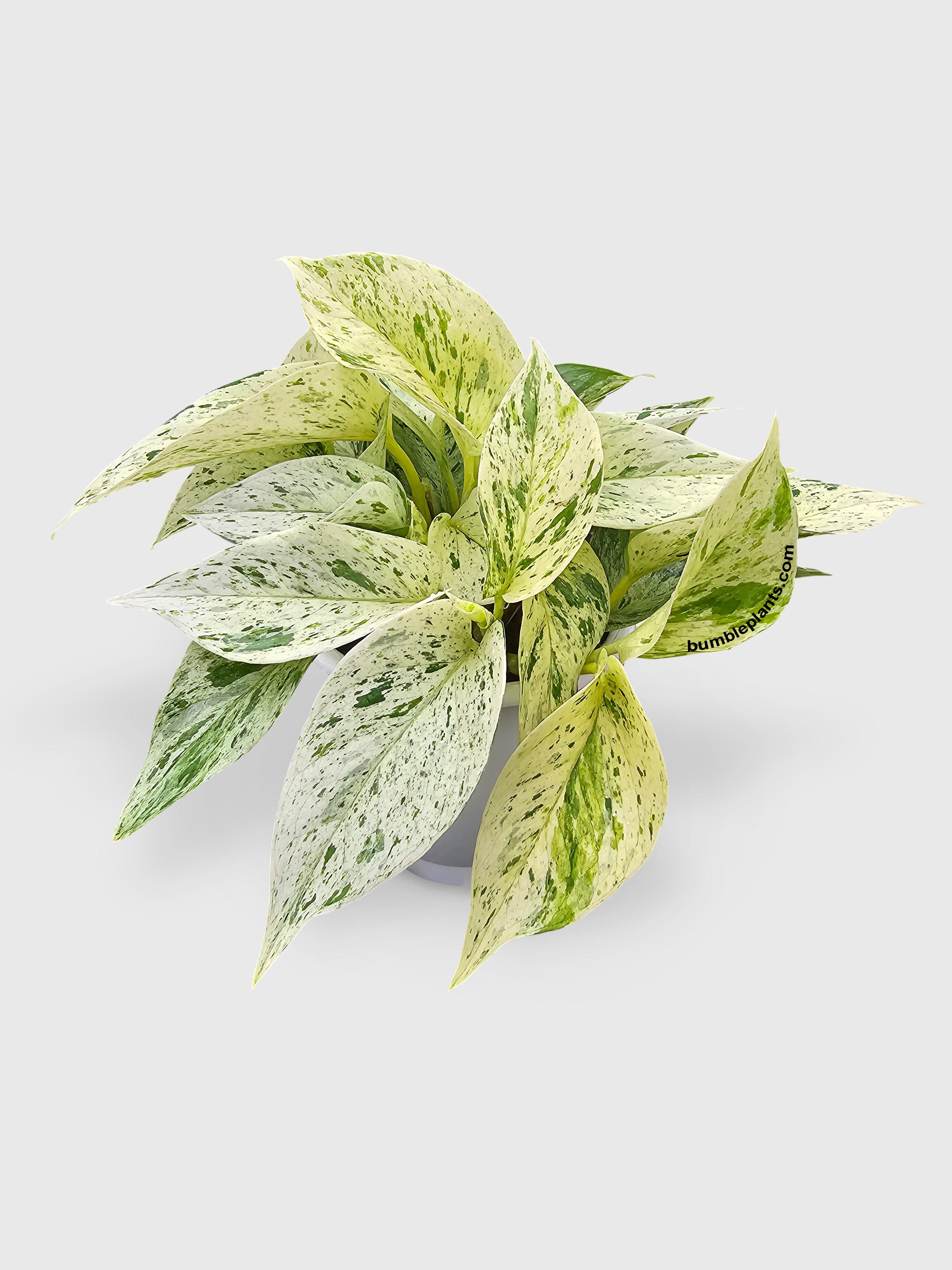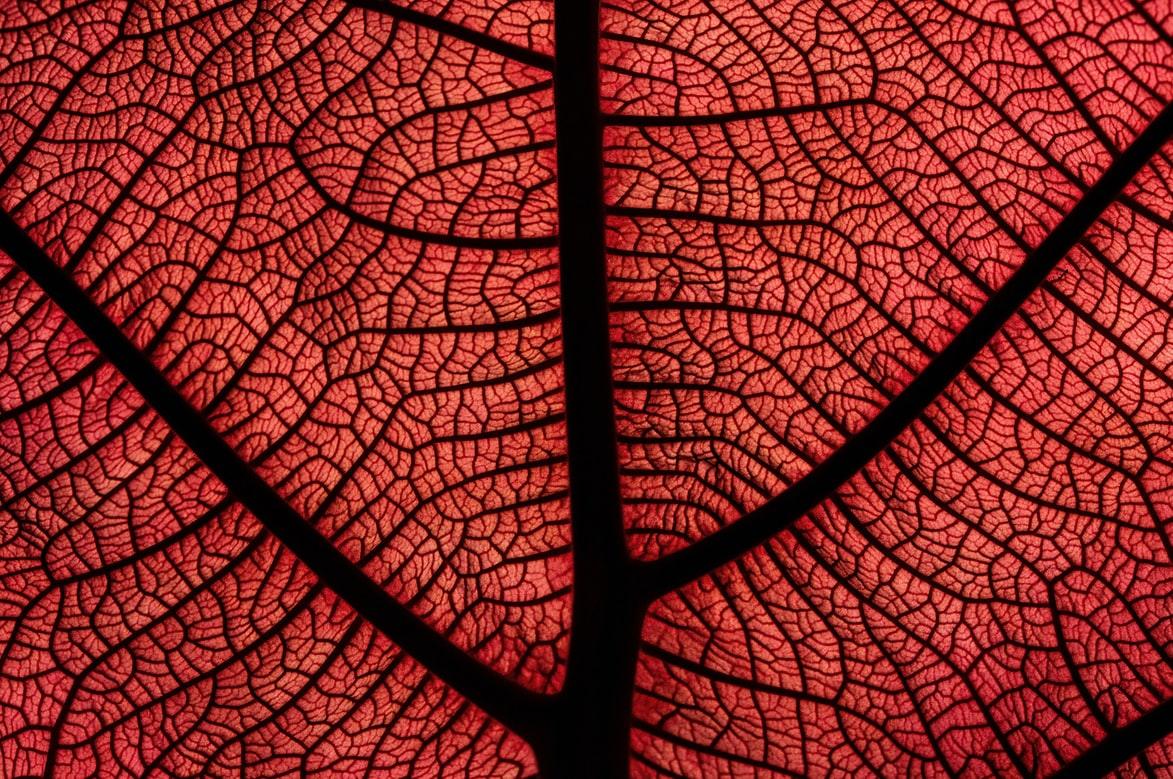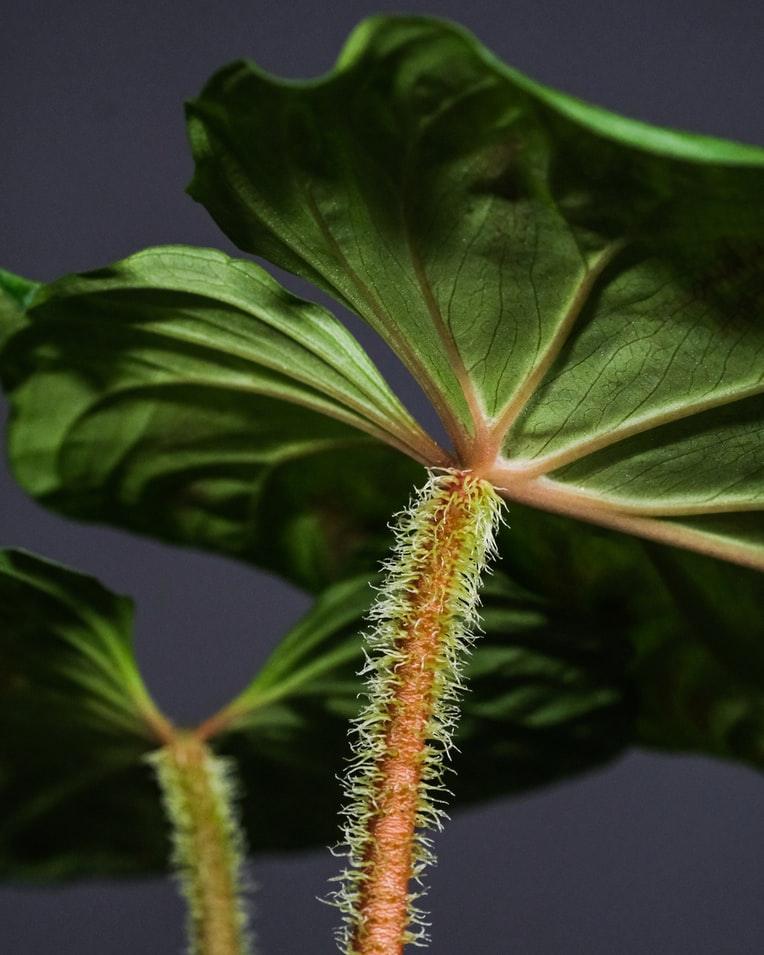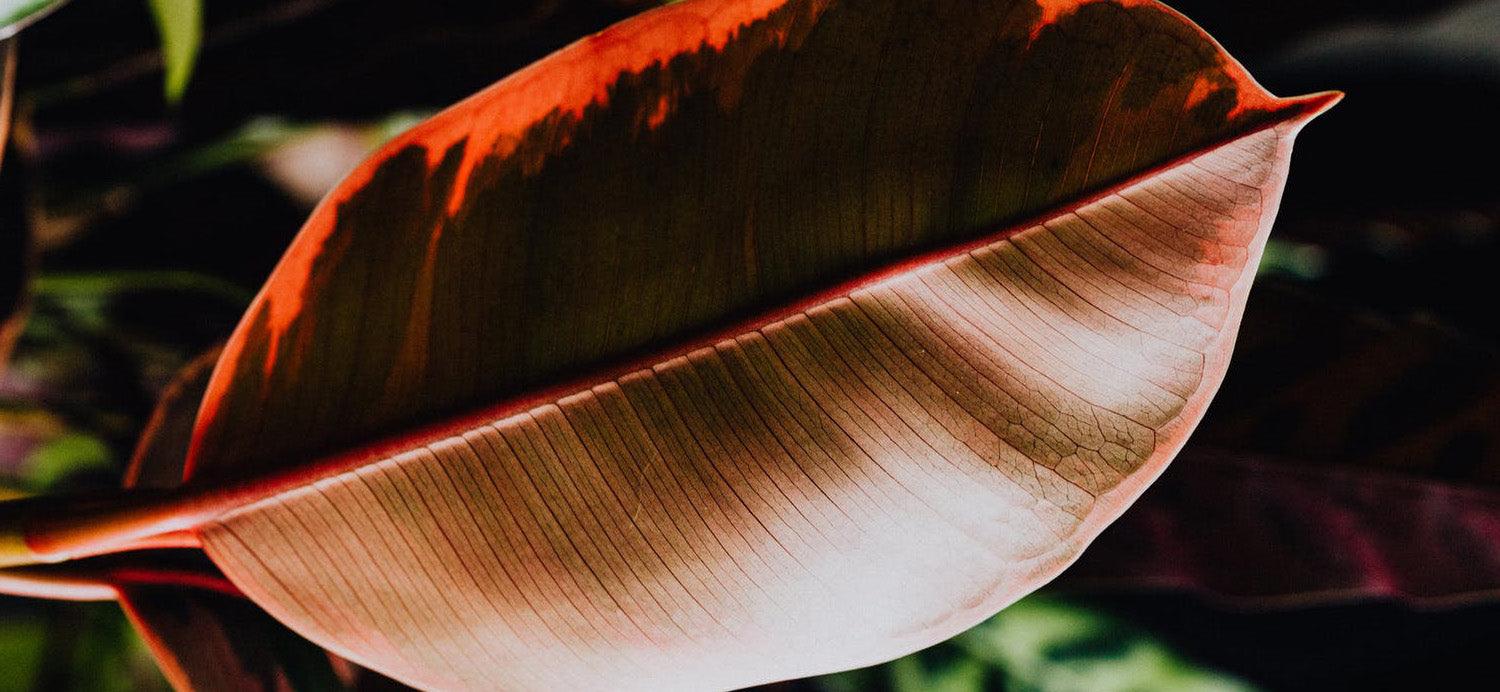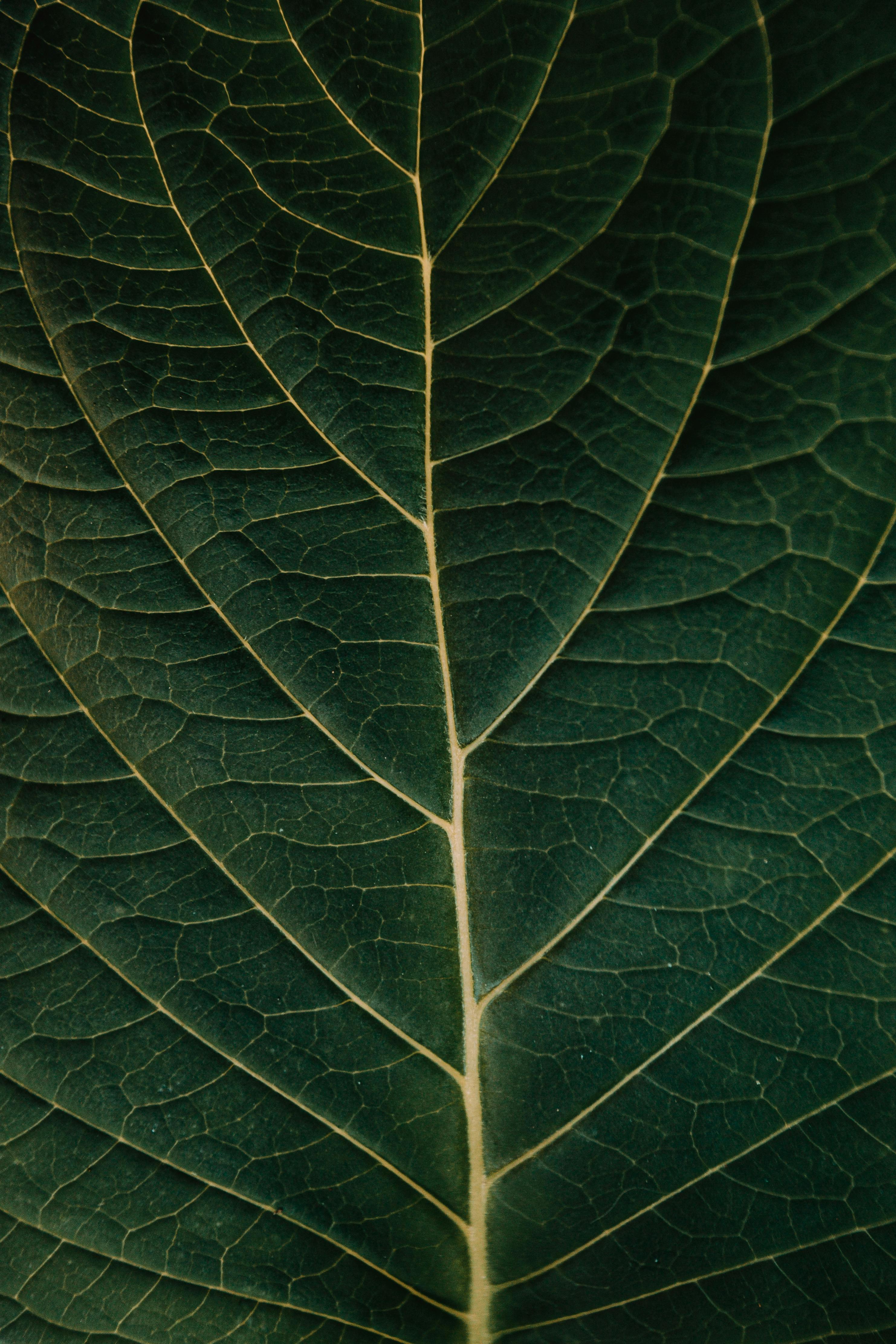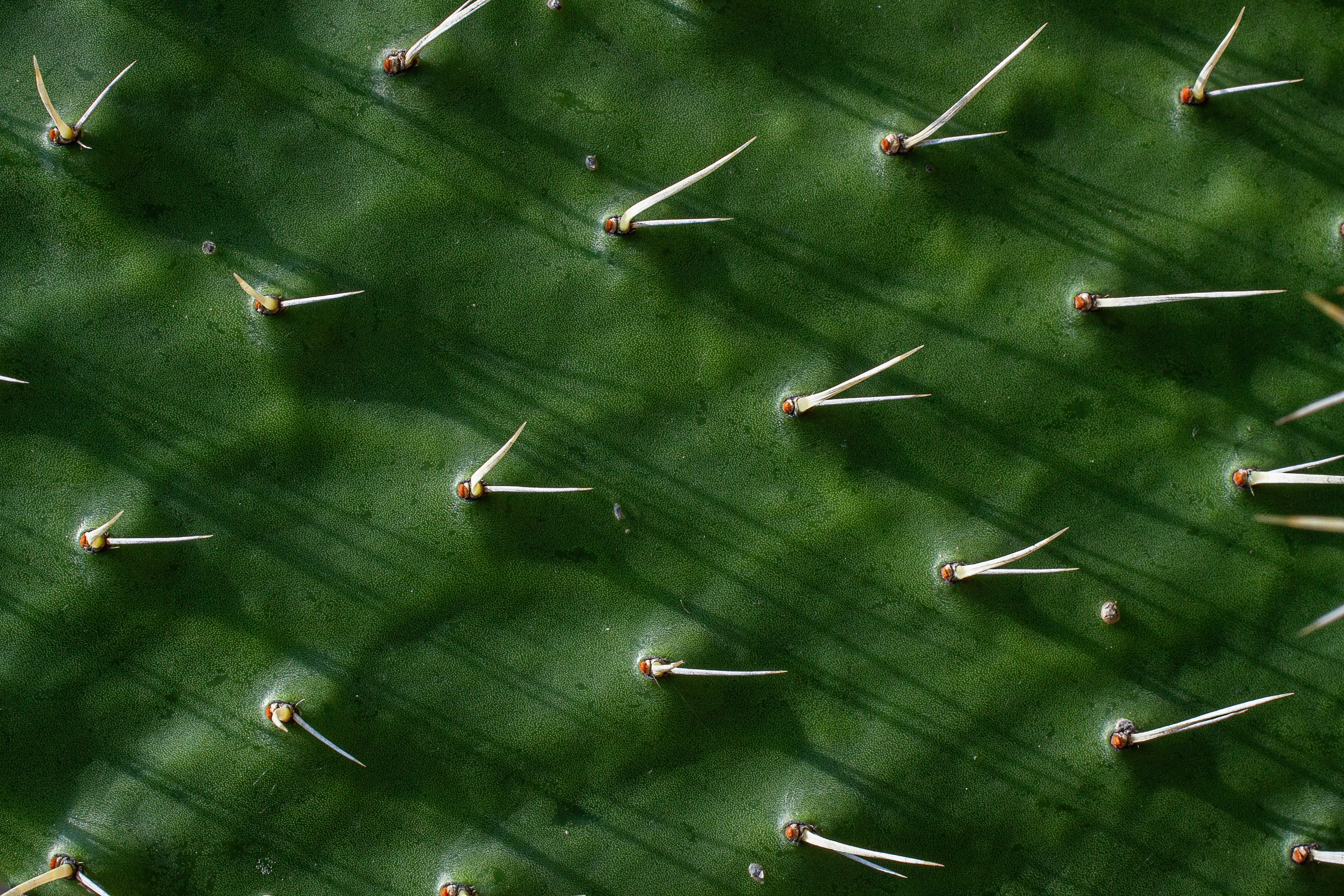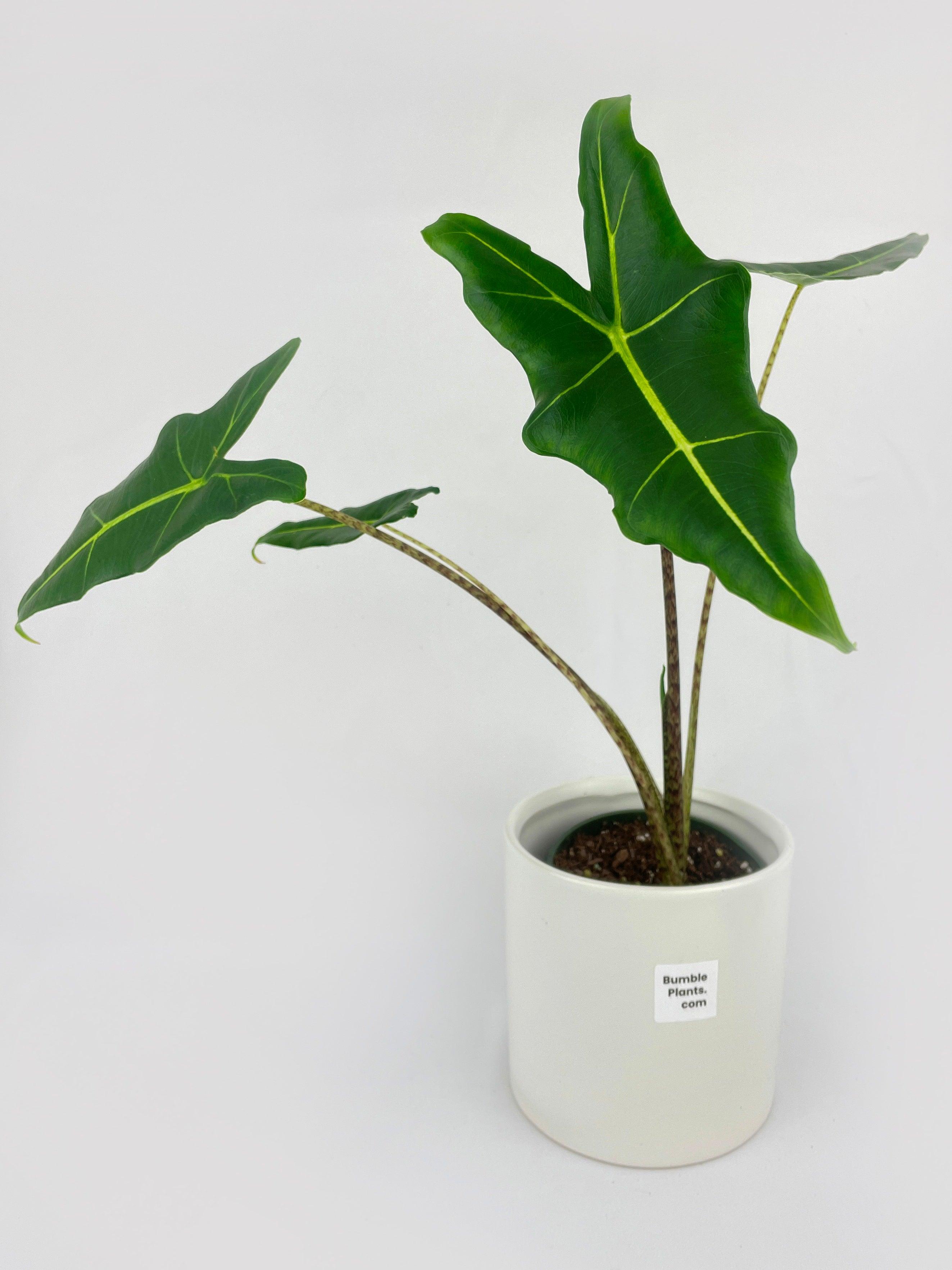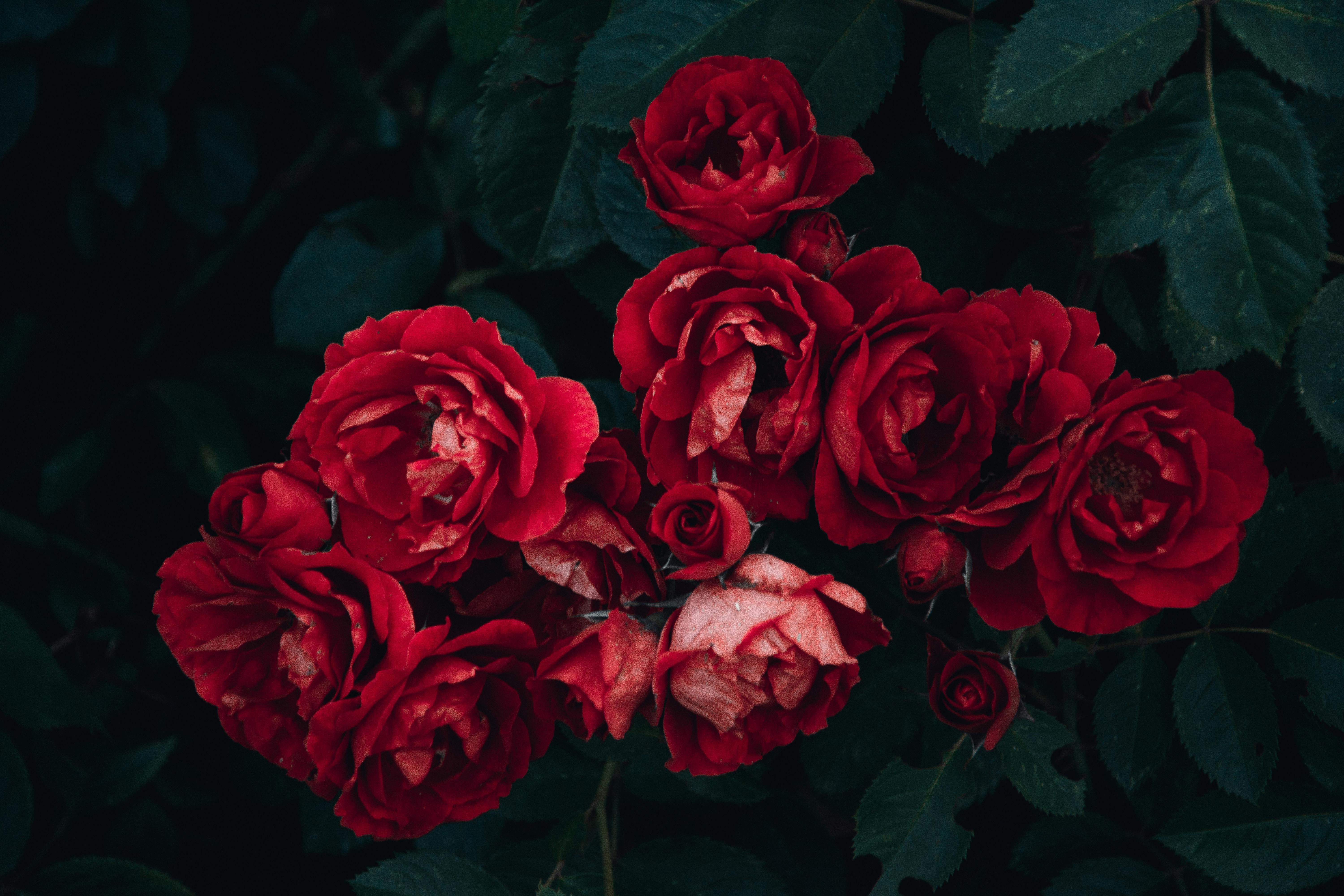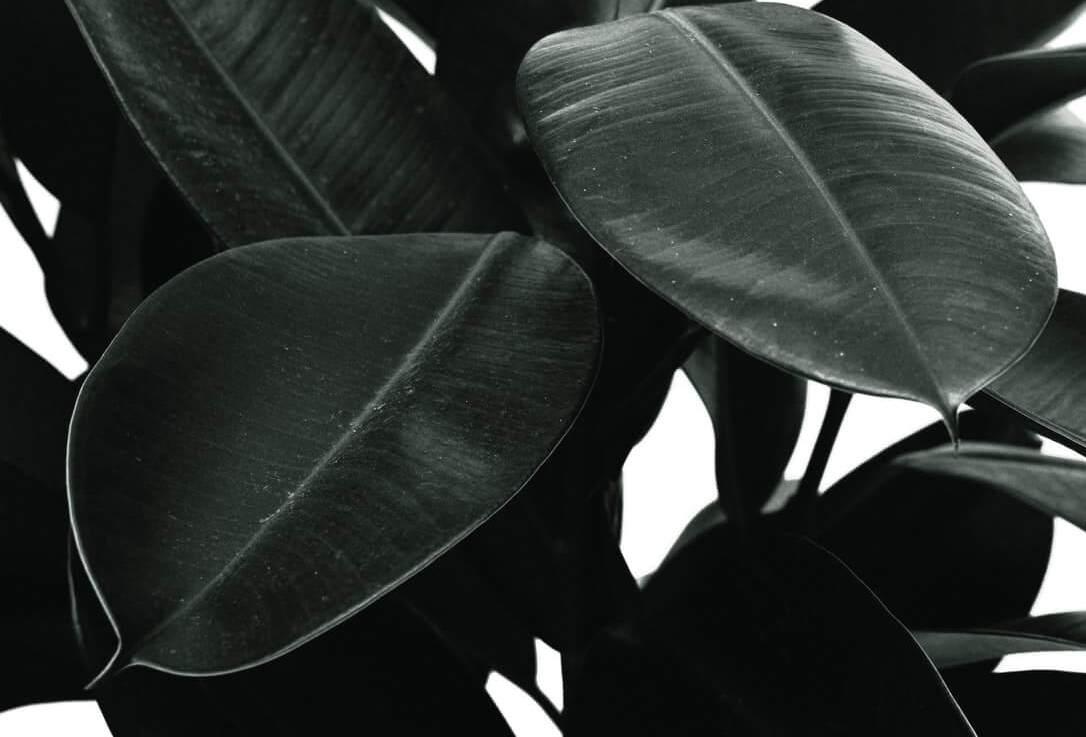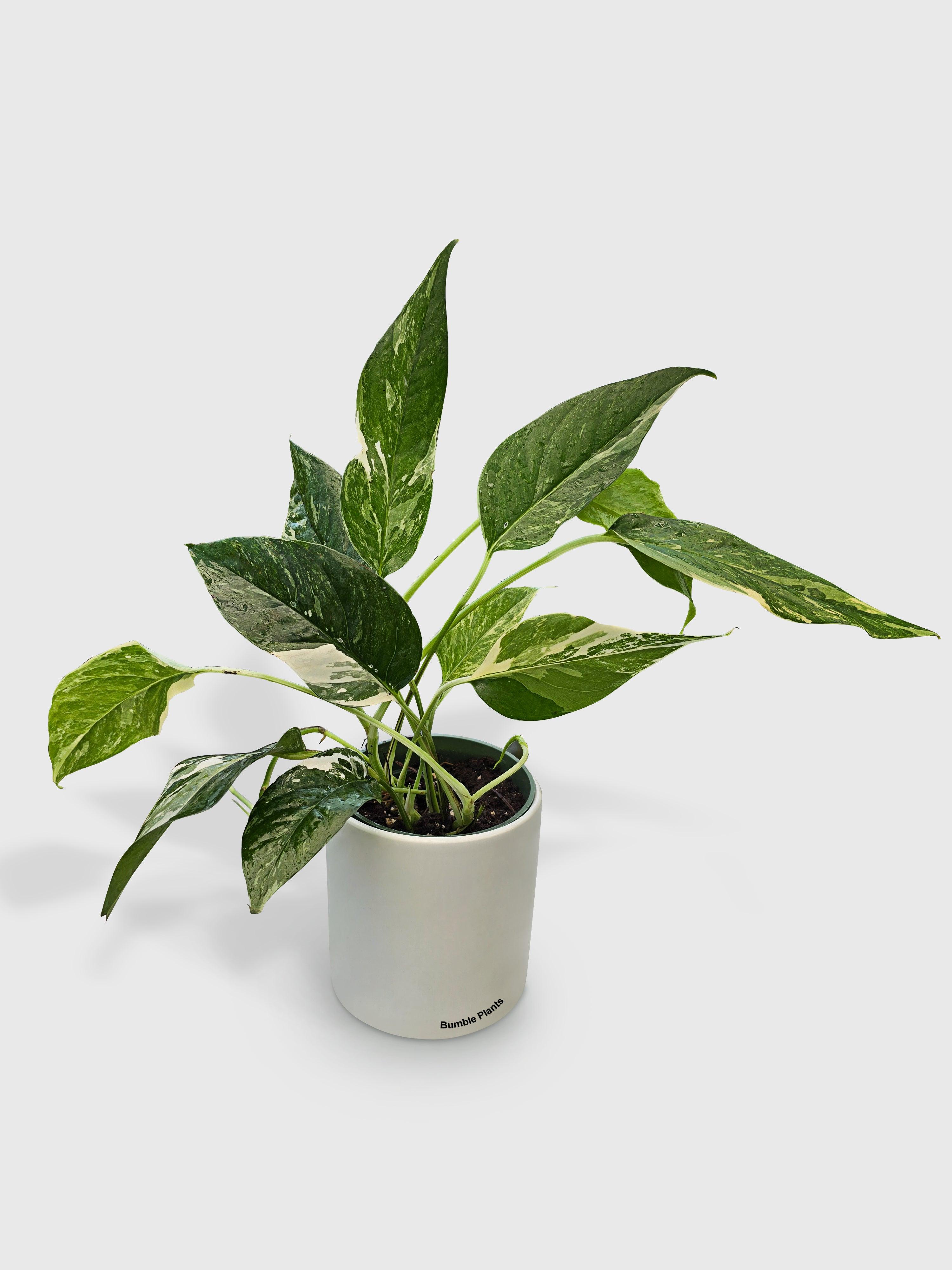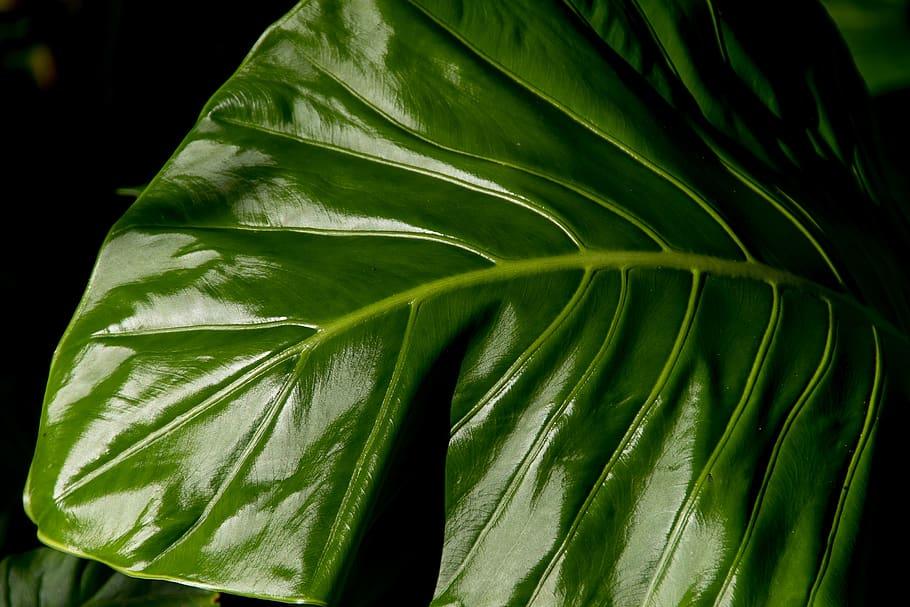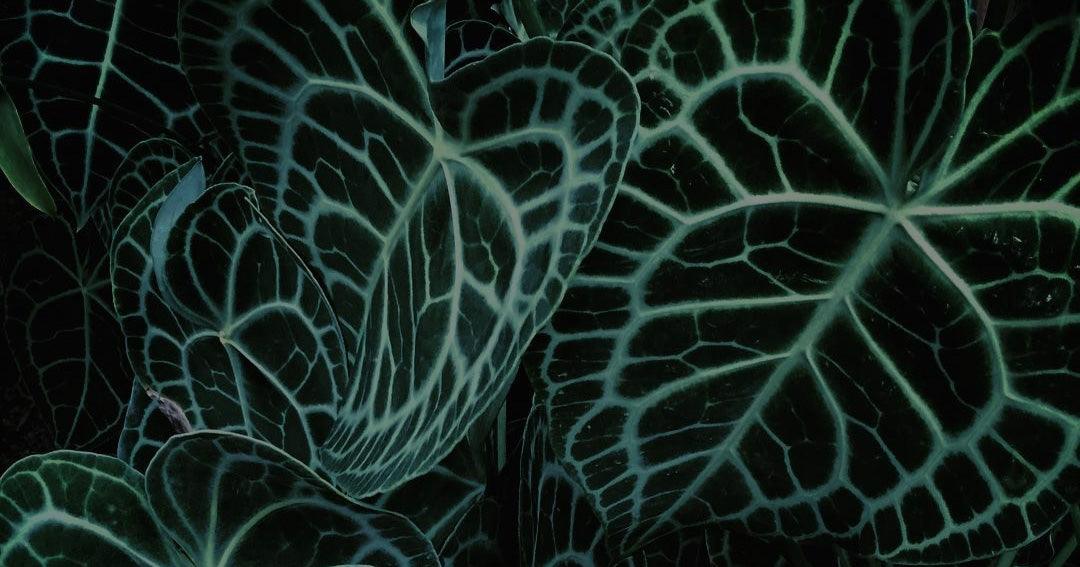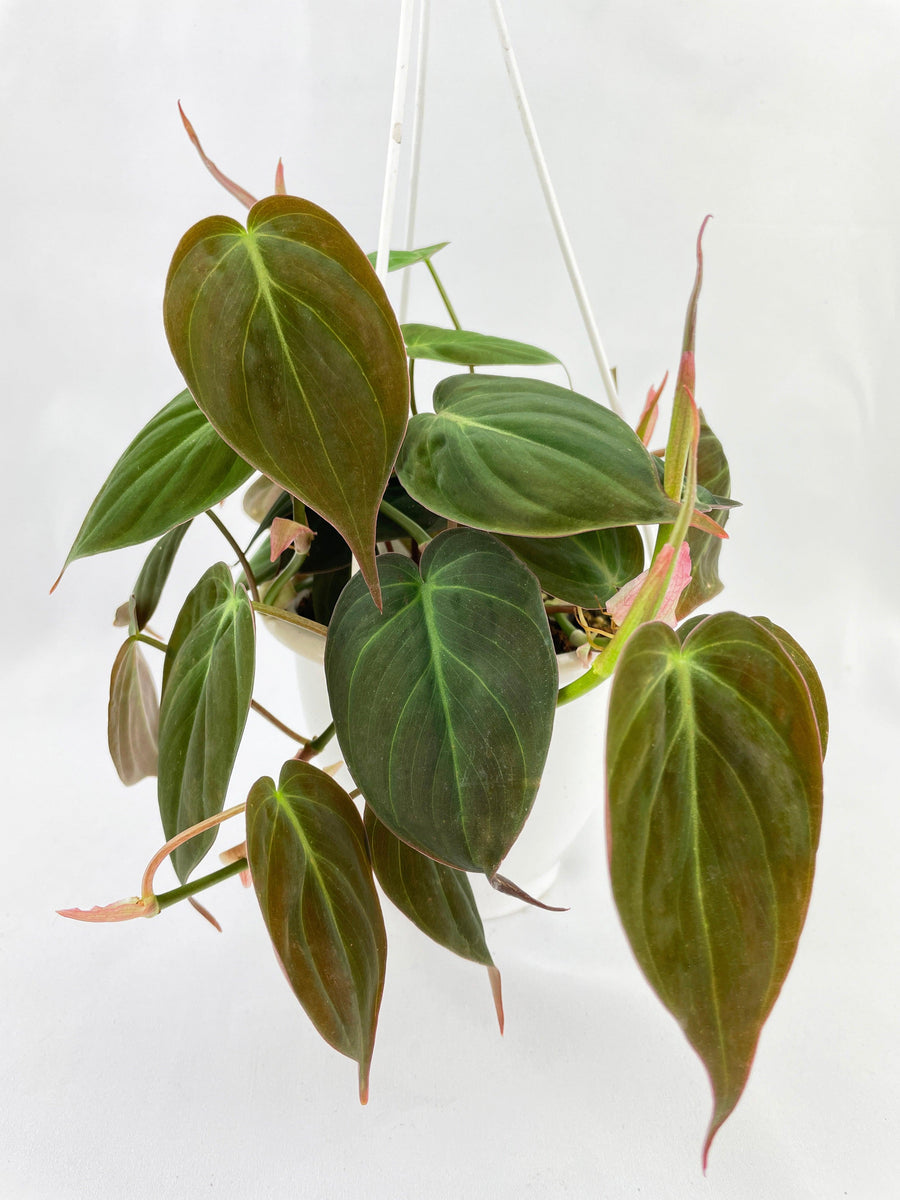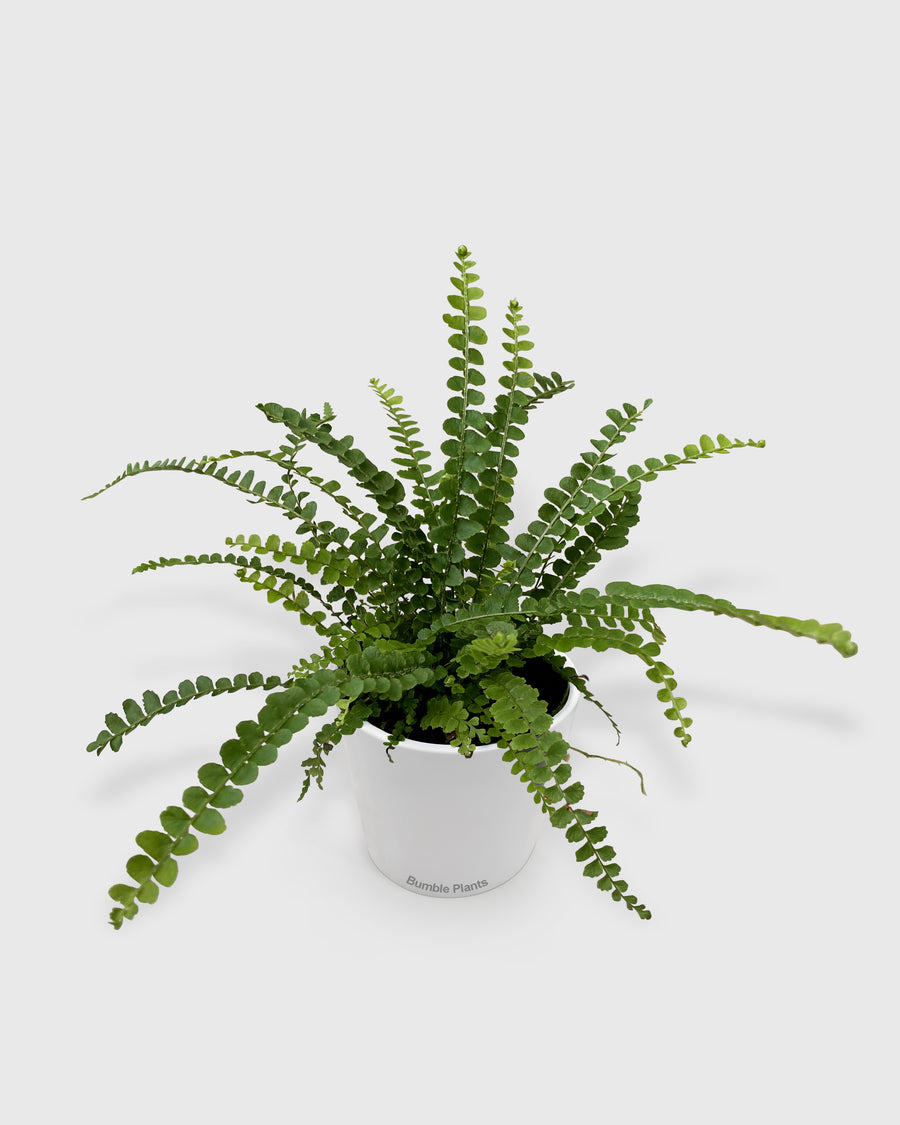How to Revert a Reverted Variegated Plant
Welcome to the comprehensive guide on how to revert a reverted variegated plant. Variegated plants, with their striking patterns and unique colors, add beauty and interest to any indoor or outdoor space. However, dealing with reversion, where portions of the plant lose their variegation and revert to solid green, can be a common challenge for plant enthusiasts. In this guide, we'll explore the process of reverting reverted variegated plants, from understanding the causes of reversion to practical steps for restoring the plant's variegated pattern. Variegated plants hold a special allure due to their distinct coloration, but when reversion occurs, it can be disappointing. However, with the right knowledge and techniques, it's possible to address reversion and bring back the plant's variegation. So let's delve into the intricacies of reverting reverted variegated plants and discover how to reclaim their beauty and vibrancy.
Pruning to Remove Reverted Growth
A reverted variegated plant, the initial step is to address the reverted growth through meticulous pruning. Reversion typically manifests as sections of the plant losing their variegation and appearing as solid green. Identifying these areas is crucial, as they signify where reversion has occurred and where corrective action is needed. Pruning serves as a targeted intervention to remove the reverted growth and promote the resurgence of variegated foliage. It's essential to employ precise pruning techniques, utilizing sharp, clean pruning shears to make incisions. By carefully snipping away the reverted portions, we create space for healthy variegated growth to flourish. The process involves inspecting the plant thoroughly and identifying all areas of reversion. Once identified, prune these sections back to the point where variegated growth is still present. This approach not only eliminates the unsightly reverted growth but also encourages the plant to redirect its energy toward producing variegated leaves. Furthermore, pruning helps maintain the overall health and vigor of the plant by removing diseased or weak portions. This proactive approach sets the stage for subsequent steps in reverting the plant and ensures a robust foundation for the plant's recovery.
Minimizing Environmental Stressors
Addressing environmental stressors is paramount when seeking to revert a reverted variegated plant. Environmental factors such as fluctuations in temperature, inadequate light exposure, and improper watering can contribute to stress, exacerbating reversion in variegated plants. To mitigate these stressors, it's crucial to create an optimal growing environment for the plant. This includes providing consistent temperatures within the plant's preferred range and ensuring adequate exposure to natural or artificial light sources. Variegated plants often require higher light levels than their non-variegated counterparts to maintain their vibrant colors, so placing them in well-lit areas is essential.
Maintaining proper watering practices is crucial in preventing stress-induced reversion. Overwatering can lead to root rot and other issues, while underwatering can cause stress and weaken the plant's resilience. Finding the right balance and watering the plant only when the soil is dry to the touch is key to promoting healthy growth and minimizing stress. Humidity levels should also be considered, especially for indoor plants in dry environments. Increasing humidity through methods such as misting or placing a humidity tray nearby can help create a more favorable environment for variegated plants. By addressing these environmental stressors and providing optimal growing conditions, we can reduce the likelihood of reversion and promote the plant's overall health and vigor. This proactive approach sets the stage for successful reversion and ensures that the plant can thrive in its environment.
Propagation to Preserve Variegation
Propagation offers a strategic approach to preserve variegation in reverted variegated plants and ensure their continued beauty and vibrancy. By propagating healthy, variegated portions of the plant, we can create new specimens with the desired variegation patterns, effectively bypassing the reverted growth. Several methods of propagation can be employed, including stem cuttings, division, and tissue culture. Stem cuttings involve taking a portion of the plant's stem with nodes and leaves intact and rooting it in a suitable growing medium. This method allows us to clone the plant, preserving its variegation. The division is another effective propagation technique, particularly suited for plants with multiple stems or offshoots. By carefully dividing the plant into separate sections, each containing variegated growth, we can create new plants that retain the desired coloration. For more advanced propagation, tissue culture offers a precise method of reproducing variegated plants on a larger scale. This technique involves culturing plant cells in a laboratory setting, allowing for the propagation of genetically identical clones with consistent variegation patterns. Regardless of the propagation method chosen, it's essential to select healthy, variegated portions of the plant for propagation. By focusing on preserving variegation during propagation, we can ensure the continued beauty and diversity of variegated plant specimens for years to come.
Understanding Genetic Stability
Genetic stability plays a pivotal role in the variegation patterns of plants, and understanding this aspect is crucial when reverting reverted variegated plants. Variegation can arise from genetic mutations or chimeras, resulting in the characteristic patterns of color variation seen in variegated plants. However, not all variegated plants exhibit stable variegation patterns. Some plants may experience genetic instability, leading to reversion and the loss of variegation over time. This instability can be influenced by factors such as environmental stress, genetic mutations, or changes in growing conditions.
When selecting variegated plants for cultivation, it's essential to choose cultivars with stable variegation patterns. This ensures that the plant is less susceptible to reversion and more likely to maintain its variegated appearance over time. Furthermore, understanding the genetics behind variegation can aid in identifying potential causes of reversion and implementing appropriate measures to address them. By selecting genetically stable cultivars and creating optimal growing conditions, we can minimize the risk of reversion and ensure the long-term health and beauty of variegated
Implementing Proper Maintenance and Care
Proper maintenance and care are essential for the long-term health and vitality of variegated plants, especially when reverting reverted variegated specimens. Consistent and attentive care practices can help prevent reversion and promote the continued vibrancy of variegated foliage. Regular monitoring is the first step in maintaining variegated plants. Keep a close eye on the plant for any signs of stress, disease, or reversion. Promptly addressing any issues that arise can prevent further damage and ensure the plant's overall well-being. Watering is a critical aspect of plant care, and variegated plants have specific needs in this regard. Avoid overwatering, as excessive moisture can lead to root rot and other problems. Instead, water the plant when the soil is dry to the touch, allowing for proper drainage and aeration of the roots. Fertilization is another important aspect of plant care, providing essential nutrients for healthy growth. Use a balanced fertilizer formulated for indoor plants, and apply it according to the manufacturer's instructions. Avoid over-fertilizing, as this can result in nutrient imbalances and other issues. Proper soil management is also crucial for variegated plants. Use a well-draining potting mix designed for indoor plants, and repot the plant as needed to refresh the soil and provide ample space for root growth. In addition to these general care practices, it's essential to tailor maintenance to the specific needs of variegated plants. Provide adequate light exposure, avoiding direct sunlight for prolonged periods, as this can cause leaf burn. Prune the plant regularly to remove dead or damaged foliage and promote healthy growth. By implementing proper maintenance and care practices, we can create an environment conducive to the health and vitality of variegated plants, minimizing the risk of reversion and ensuring their continued beauty for years to come.
Conclusion
The process of reverting a reverted variegated plant requires patience, diligence, and a deep understanding of plant care principles. By addressing the underlying causes of reversion and implementing targeted interventions, we can restore the plant's variegated pattern and ensure its continued beauty and vitality. Throughout this guide, we've explored various aspects of reverting reverted variegated plants, from understanding the causes of reversion to implementing practical steps for restoration. We've learned the importance of pruning to remove reverted growth, minimizing environmental stressors to promote healthy growth, and propagating variegated portions of the plant to preserve its unique coloration. Additionally, we've highlighted the significance of genetic stability in variegated plants and the importance of proper maintenance and care practices. By incorporating these principles into our plant care routine, we can create an environment conducive to the health and vibrancy of variegated plants, minimizing the risk of reversion and ensuring their long-term success. As we continue our journey in caring for variegated plants, let us draw inspiration from real-life case studies and examples and engage with fellow plant enthusiasts for support and guidance. Together, we can navigate the challenges of reverting reverted variegated plants and celebrate the beauty and diversity of these unique specimens. So, whether you're a seasoned plant lover or just beginning your journey with variegated plants, remember that reverting reverted variegated plants is not only possible but also rewarding. With dedication and a deep appreciation for these remarkable plants, we can create thriving environments where variegation flourishes, enriching our lives and spaces with their captivating beauty.


